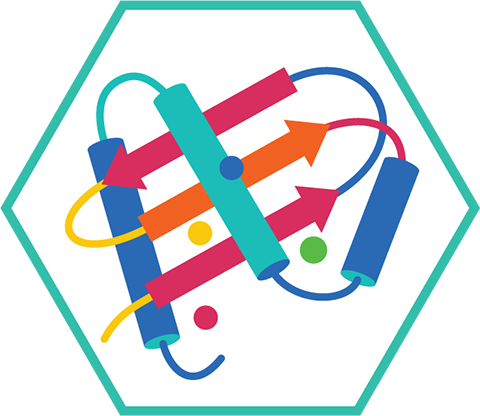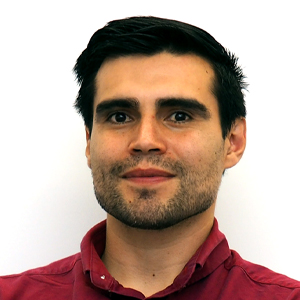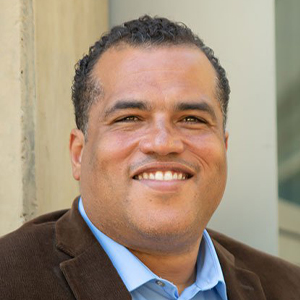
Our coolest superpower: Seeing all the atoms
Wouldn't it be great if we could just see all the atoms of all the molecules, any time we wanted?
If we were able to sample something — anything — and just tell what it's made of? Where all its atoms were? Which ones were connected or ready to react?
In about the span of a century, scientists have learned more about molecules and their components than we ever thought possible. In some cases, we can already pick up a bit of dust or a tiny droplet and see where the atoms of its resident molecules are. Or we can calculate predicted structures that are so accurate they can be used to predict function.
In old comic books, this kind of X-ray vision was the stuff of superheroes. Someday, in the not-too-distant future, we might all have it.
Submit an abstract
Abstract submission begins Sept. 14. If you submit by Oct. 12, you'll get a decision by Nov. 1. The regular submission deadline is Nov. 30. See the categories.
Join us for a glimpse into the challenges and opportunities of building that future, so we can all scrutinize, predict, build, target and react to all the molecules.
Keywords: Structure, cryo-electron microscopy, microcrystal electron diffraction, alpha fold, tomography, artificial intelligence.
Who should attend: Absolutely everyone should attend. Who doesn't want a superpower?
Theme song: “Mosaic” by Art Blakey and the Jazz Messengers
This session is literally powered by electrons and photons.
New frontiers in structural biology
The rise of molecular assemblies

Chair: Rebecca Vorhees
Sarah Shahmoradian, University of Texas Southwestern Medical Center
Lorena Saelices, University of Texas Southwestern Medical Center
New approaches enabling structural science
Chair: Jose Rodriguez
Roger Castells–Graells, University of California, Los Angeles
Hosea Nelson, California Institute of Technology
Hong Zhou, University of California, Los Angeles
Seeing the chemistry of life
Chair: Hosea Nelson
Lindsey R. F. Backman, Whitehead Institute for Biomedical Research
Douglas Rees, California Institute of Technology
Enjoy reading ASBMB Today?
Become a member to receive the print edition four times a year and the digital edition monthly.
Learn moreGet the latest from ASBMB Today
Enter your email address, and we’ll send you a weekly email with recent articles, interviews and more.
Latest in Science
Science highlights or most popular articles

The science of staying strong
Muscles power every movement, but they also tell the story of aging itself. Scientists are uncovering how strength fades, why some species resist it and what lifestyle and molecular clues could help preserve muscle health for life.

Bacteriophage protein could make queso fresco safer
Researchers characterized the structure and function of PlyP100, a bacteriophage protein that shows promise as a food-safe antimicrobial for preventing Listeria monocytogenes growth in fresh cheeses.

Building the blueprint to block HIV
Wesley Sundquist will present his work on the HIV capsid and revolutionary drug, Lenacapavir, at the ASBMB Annual Meeting, March 7–10, in Maryland.

Gut microbes hijack cancer pathway in high-fat diets
Researchers at the Feinstein Institutes for Medical Research found that a high-fat diet increases ammonia-producing bacteria in the gut microbiome of mice, which in turn disrupts TGF-β signaling and promotes colorectal cancer.

Mapping fentanyl’s cellular footprint
Using a new imaging method, researchers at State University of New York at Buffalo traced fentanyl’s effects inside brain immune cells, revealing how the drug alters lipid droplets, pointing to new paths for addiction diagnostics.

Designing life’s building blocks with AI
Tanja Kortemme, a professor at the University of California, San Francisco, will discuss her research using computational biology to engineer proteins at the 2026 ASBMB Annual Meeting.


